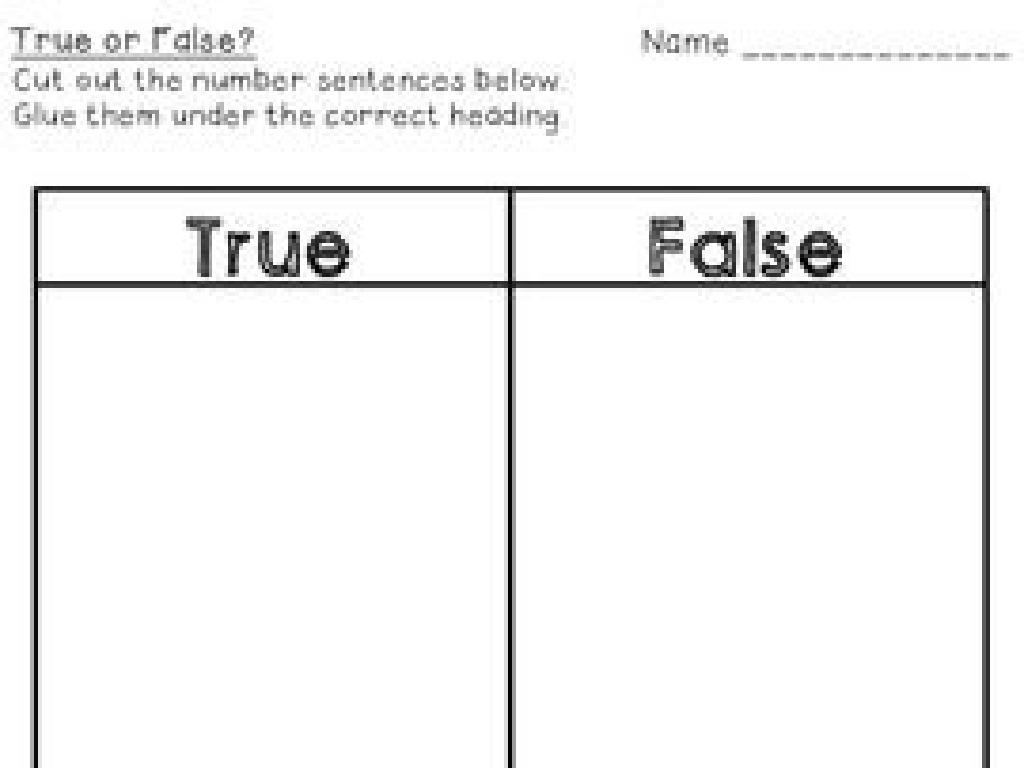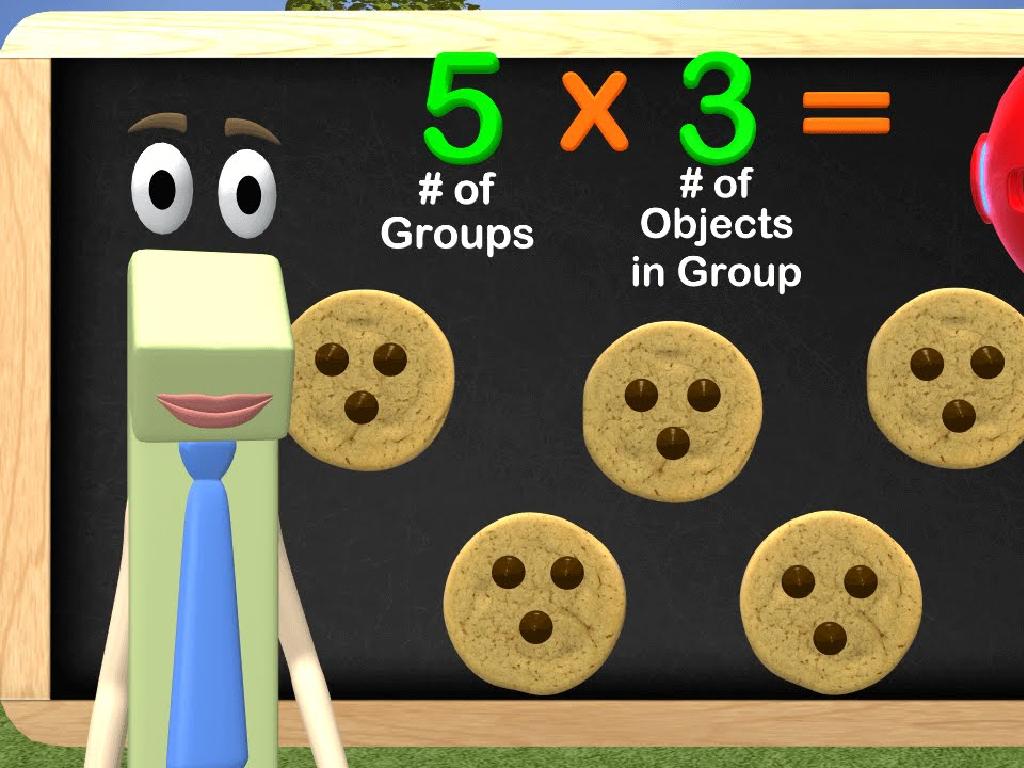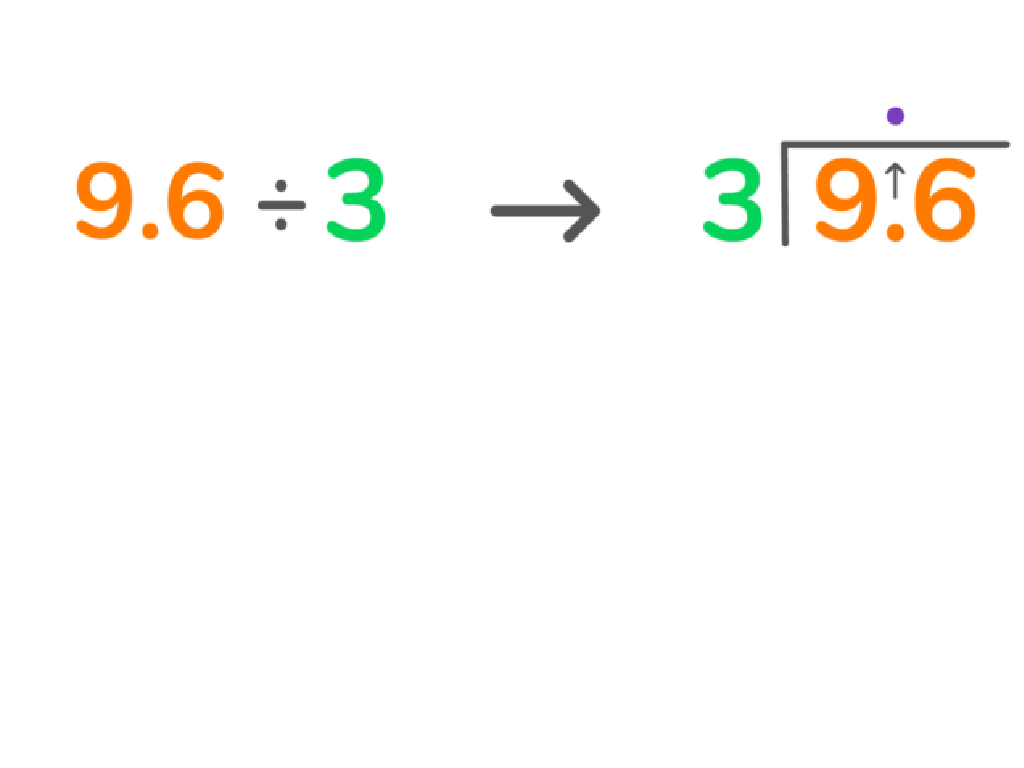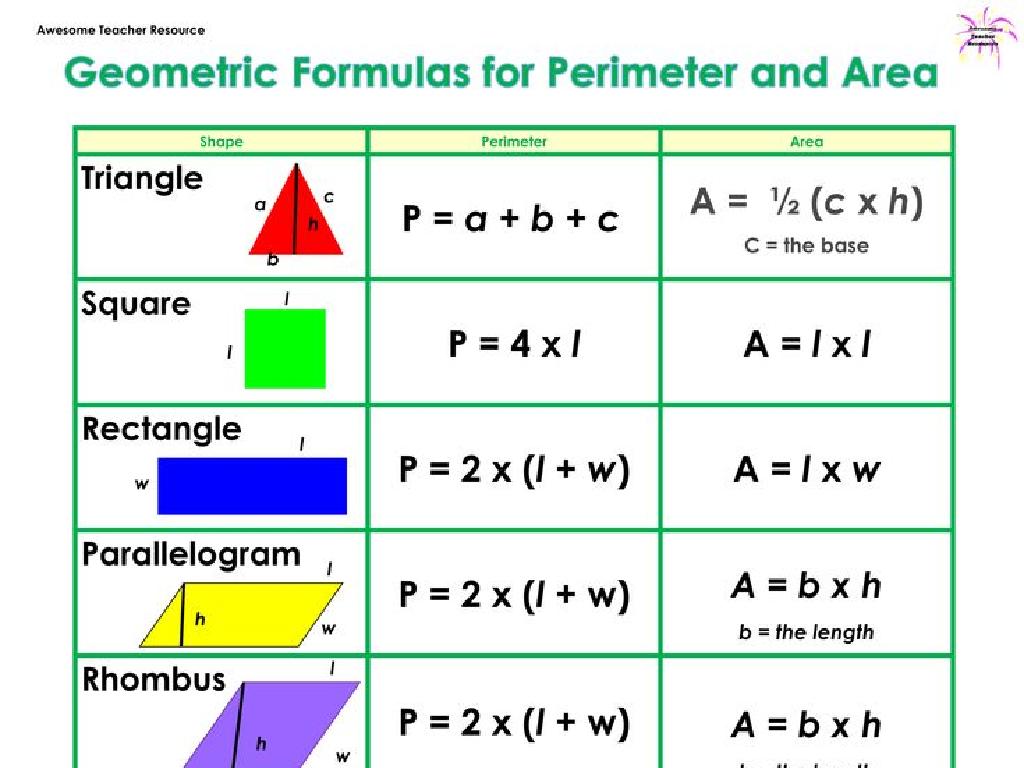Variant Vowels
Subject: Language arts
Grade: Second grade
Topic: Diphthongs: Oi, Oy, Ou, Ow
Please LOG IN to download the presentation. Access is available to registered users only.
View More Content
Welcome to Diphthongs!
– Discovering special sounds: Diphthongs
– Pronouncing the word ‘Diphthong’
– Try saying ‘Diphthong’ together as a class
– Diphthongs combine two vowels
– Like ‘oi’ in ‘coin’ or ‘oy’ in ‘toy’
– They create a unique single sound
– Examples: ‘ou’ in ‘cloud’, ‘ow’ in ‘cow’
|
Introduce the concept of diphthongs to the students by explaining that these are special sounds made when two vowels are paired together and pronounced as one sound. Engage the class by having them attempt to pronounce ‘Diphthong’ and explain that it might sound funny because it’s a unique combination of sounds. Provide examples of diphthongs such as ‘oi’ and ‘oy’, and use common words that they are likely to know. This will help them understand how diphthongs function in words they are already familiar with. Encourage them to think of other words that might contain diphthongs.
Exploring Variant Vowels
– What are variant vowels?
– Vowels that sound different than usual
– Vowels team up for new sounds
– ‘oi’ and ‘oy’ make unique sounds
– Like ‘oi’ in ‘coin’ and ‘oy’ in ‘toy’
– ‘ou’ and ‘ow’ are fun sounds too
– Find ‘ou’ in ‘cloud’ and ‘ow’ in ‘cow’
|
This slide introduces the concept of variant vowels to second-grade students, emphasizing that vowels can sometimes make different sounds when they are paired together. These combinations are known as diphthongs. Provide examples for each diphthong: ‘oi’ as in ‘coin’, ‘oy’ as in ‘toy’, ‘ou’ as in ‘cloud’, and ‘ow’ as in ‘cow’. Encourage students to think of other words with these sounds and practice pronouncing them. The goal is for students to recognize these vowel pairs in words and understand how they change the pronunciation from the typical vowel sounds.
Exploring Sounds: ‘oi’ and ‘oy’
– ‘oi’ sound in words
– Found in ‘coin’, ‘boil’, and similar words
– ‘oy’ sound at word ends
– Appears in ‘toy’, ‘enjoy’, and more
– Practice saying ‘oi’ and ‘oy’ words
– We’ll say words like ‘foil’ and ‘royal’ together in class
|
This slide is aimed at helping second-grade students recognize and pronounce the variant vowel sounds ‘oi’ and ‘oy’. ‘oi’ typically appears in the middle of words, while ‘oy’ is often found at the end. Provide examples and encourage students to repeat after you to practice pronunciation. Use visual aids or props like coins or toys to make the learning experience more engaging. During the lesson, have students come up with additional words that contain these sounds and practice saying them aloud. This will help reinforce their understanding of how ‘oi’ and ‘oy’ are used in different words.
Exploring ‘ou’ and ‘ow’ Sounds
– ‘ou’ as in ‘cloud’ and ‘shout’
– Sounds like ‘ouch’ when you’re surprised
– ‘ow’ as in ‘cow’ and ‘now’
– Sounds like ‘ow!’ when you get a boo-boo
– Practice saying ‘ou’ and ‘ow’ words
– Listen for the sounds in words
– Can you hear the ‘ou’ in ‘mouse’? How about the ‘ow’ in ‘brown’?
|
This slide is focused on helping students recognize and pronounce the ‘ou’ and ‘ow’ sounds in words. Start by explaining that ‘ou’ and ‘ow’ can make the same sound and are often found in the middle or at the end of words. Use visual aids or props if possible to help students connect the sounds to the words. Engage the class by saying ‘ou’ and ‘ow’ words aloud together, and encourage them to listen for these sounds in words during reading activities. You can also play a game where students raise their hands when they hear an ‘ou’ or ‘ow’ word. This interactive approach will help solidify their understanding of variant vowels and diphthongs.
Let’s Practice Diphthongs!
– Write words with ‘oi’ and ‘oy’
– Write words with ‘ou’ and ‘ow’
– Look at a picture and write the word
– Use your board to write the word that matches the picture.
– Get ready for diphthong fun!
|
This slide is for a fun and interactive class activity focused on practicing diphthongs. Diphthongs are complex vowel sounds that occur when two vowels are combined in a single syllable. The activity involves showing students pictures that represent words containing the diphthongs ‘oi’, ‘oy’, ‘ou’, and ‘ow’. Students will then write the corresponding word on their boards. For example, show a picture of a coin for ‘oi’, a toy for ‘oy’, a house for ‘ou’, and a cow for ‘ow’. This exercise will help students associate the sounds with the letters and improve their spelling and phonetic skills. Make sure to walk around the classroom to assist students as needed and provide positive feedback to encourage participation.
Diphthongs Matching Game
– Match words to pictures
– Pair up for the challenge
– Count your correct matches
– Recall ‘oi’, ‘oy’, ‘ou’, ‘ow’ sounds
– ‘oi’ as in ‘coin’, ‘oy’ as in ‘toy’, ‘ou’ as in ‘cloud’, ‘ow’ as in ‘cow’
|
This interactive matching game is designed to help students recognize and differentiate between the sounds of the diphthongs ‘oi’, ‘oy’, ‘ou’, and ‘ow’. Students will work in pairs to match words containing these sounds to the correct pictures, reinforcing their phonetic understanding through visual association. Encourage them to pronounce the words as they match to enhance auditory recognition. Keep track of the number of correct matches to create a friendly competition. This activity will not only make learning fun but also promote teamwork and communication among students. Prepare a set of words and corresponding images for the activity, ensuring a mix of ‘oi’, ‘oy’, ‘ou’, and ‘ow’ sounds. Possible words include ‘coin’, ‘toy’, ‘cloud’, and ‘cow’.
Diphthong Detectives: Finding Variant Vowels
– Become a diphthong detective
– Find ‘oi’, ‘oy’, ‘ou’, ‘ow’ words
– Look for words like ‘coin’, ‘toy’, ‘out’, ‘cow’
– Record your detective findings
– Write them down in your detective notebook
– Share your words with classmates
– We’ll discuss as a group in our next class
|
This slide introduces a fun and interactive class activity where students will search for words containing the diphthongs ‘oi’, ‘oy’, ‘ou’, and ‘ow’ in books they are currently reading or from a selection provided by the teacher. The aim is to help them recognize and understand variant vowels in different words. Encourage students to note down their findings and be prepared to share and discuss these words in the next class. This will not only improve their phonics and reading skills but also enhance their vocabulary. For the teacher: Prepare a list of books suitable for second graders that contain a good variety of words with the targeted diphthongs. Also, be ready with a few examples to start the activity and to assist any student who may need help.
Class Activity: Diphthong Bingo
– Let’s play Diphthong Bingo!
– Listen for ‘oi’, ‘oy’, ‘ou’, ‘ow’ words
– Cover the square with that sound
– Yell ‘Bingo!’ for a full row
|
This interactive class activity is designed to help second-grade students recognize and differentiate between the sounds of diphthongs ‘oi’, ‘oy’, ‘ou’, and ‘ow’. Prepare bingo cards in advance with a variety of words that contain these diphthongs. During the game, pronounce words aloud and have students listen carefully to identify the diphthong sounds. When they hear a word that matches a diphthong on their card, they should cover the corresponding square. The first student to cover a complete row should call out ‘Bingo!’ and read their words aloud to the class. Confirm the words are correct to win. This activity reinforces listening skills and phonetic awareness. Possible variations include playing for different patterns like ‘X’, ‘box’, or ‘blackout’ to extend the game.
Diphthongs Mastery
– Congratulations on learning diphthongs!
– Diphthongs: two vowels, one sound
– Like ‘oi’ in ‘coin’ or ‘oy’ in ‘toy’
– Practice makes perfect
– Read, write, and say them out loud
– You’re on your way to becoming experts!
|
This slide is meant to congratulate the students on their hard work learning about diphthongs and to reinforce the concept that diphthongs are combinations of two vowel sounds that make one distinct sound. Encourage the students to keep practicing by reading aloud, writing stories, and playing word games that include diphthongs. Remind them that with consistent practice, they will become very skilled at recognizing and using diphthongs in their reading and writing. Celebrate their progress and encourage a positive attitude towards continued learning.






